PIERRE SIMON LAPLACE
Pierre Simon Laplace 1749-1827
Pierre Simon Laplace is among the giants of science of all times, the so-called, rightly, the French Newton.
This scholar Norman born in Beaumont-en-Auge, March 23, 1749, was one of the most influential scientists of his time. Born during the reign of Louis XV, he sees the revolution overthrowing the old regime and establish a new social and political order.
From a family of wealthy farmers, the young Pierre Simon received an excellent education. At 18, he arrived in Paris with a letter of commendation Lecanu father, to meet the famous mathematician Jean Le Rond d'Alembert. D'Alembert and Laplace boss gets him a job teaching acting at the military academy.
As part of his duties in 1785, Laplace examined a candidate for certification as a second lieutenant, the candidate 16 years old, it was Bonaparte.
Laplace first worked with Lavoisier between 1782 and 1784. Together they perform calorimetric measurements on specific heat and chemical reactions.
Establishes the formula for Laplace transformations adiabatic gas and develop a general theory of capillarity. It also sets out two fundamental laws of electromagnetism. Then he directs his efforts towards the analysis of perturbations and stability of the solar system.
It shows, in 1787, as the moon gradually accelerates in its orbit than has previously explained. He attributes this effect to decrease the eccentricity of the orbit of the Earth under the gravitational influence of other planets. With the mathematician Joseph-Louis Lagrange (1736-1813), it shows that the total eccentricity of planetary orbits in the solar system must remain constant, if a planet sees his increasing eccentricity, the other will decrease.
The same is true for the inclination of the orbital planes. As the margin of difference between the eccentricities and inclinations is very low, few changes are possible. The solar system has not been disturbed since its formation and its stability is assured for a long time, unless the arrival of a massive body.
Laplace sums up its work and meet those of Newton, Halley, Clairaut, d'Alembert and Euler, for universal gravitation, in the five volumes of his celestial mechanics (1798-1825). About the book, Napoleon said to Laplace "Laplace, they tell me that you wrote this voluminous work on the system of the universe without a single mention of his Creator." "I did not need this hypothesis", replied the scientist.
Its prestige and its ability to allow it to survive the many bursts of turbulent politics of his time. Napoleon 1st, appointed interior minister and senator.
He became chairman of the Senate in 1803 and was appointed Count of the Empire by Napoleon.
After the fall of Napoleon, Laplace rallied to Louis XVIII who does Marquis. In 1817, Laplace became president of the French Academy.
Laplace is best known for its famous exhibition of the world system (1796), where he formulated his theory of cosmological formation of the solar system from the condensation of a "primitive nebula." The cooling of the outer layers around a core highly condensed, combined with the rotation of the whole, would have resulted in the equatorial plane of the nebula of successive rings. These gave rise to the planets and their satellites, while the core would have formed the sun.
This position greatly influenced the development of the thought of the 19th century, long believed that the "spiral nebulae" (galaxies) were solar systems in formation.
Finally, considering the possibility of obtaining a condensed body, with a gravitational force large enough for the escape velocity equals the speed of light, Laplace was the first to have considered the possibility of existence of black holes.
The Marquis Pierre Simon de Laplace died in Arcueil, March 5, 1827.
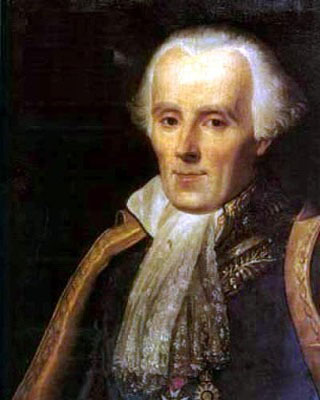
Image: Prefer, in education, the most general methods. Stick to present the simplest way, and you will see at the same time they are almost always the easiest. Pierre Simon de Laplace. Laplace is best known for its famous exhibition of the world system (1796), where he formulated his theory of cosmological formation of the solar system from the condensation of a "primitive nebula."
Articles on the same theme
"The data available on this site may be used provided that the source is duly acknowledged."
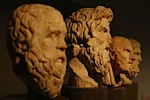 Influential Greek Thinkers
Influential Greek Thinkers
 What do we know about Pythagoras (≈570-495 av. J.-C)?
What do we know about Pythagoras (≈570-495 av. J.-C)?
 The philosophical characteristics of Aristotle (384 - 322 BC)
The philosophical characteristics of Aristotle (384 - 322 BC)
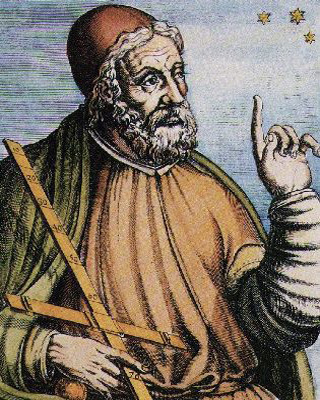 The world of Ptolemy (90-168)
The world of Ptolemy (90-168)
 The theory of Copernicus (1473-1543), heliocentrism
The theory of Copernicus (1473-1543), heliocentrism
 Galileo (1564-1642) and the moons of Jupiter
Galileo (1564-1642) and the moons of Jupiter
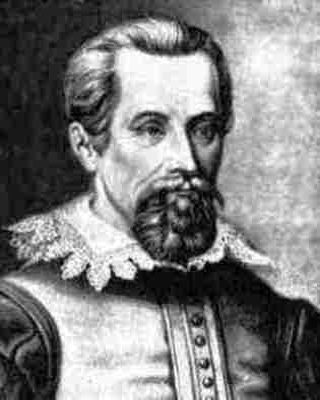 Kepler (1571-1630), planets follow ellipses
Kepler (1571-1630), planets follow ellipses
 Newton (1643-1727) and gravity
Newton (1643-1727) and gravity
 Faraday (1791-1867), the student who surpassed his master
Faraday (1791-1867), the student who surpassed his master
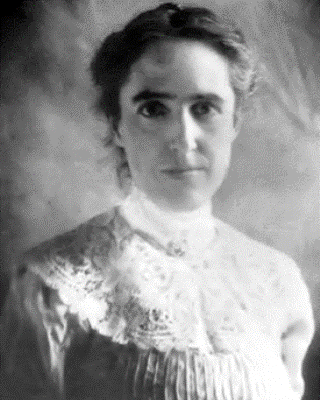 Henrietta Swan Leavitt (1868-1921), A Pioneer in Astronomy
Henrietta Swan Leavitt (1868-1921), A Pioneer in Astronomy
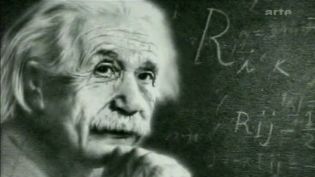 Einstein (1879-1955) and the concept of time
Einstein (1879-1955) and the concept of time
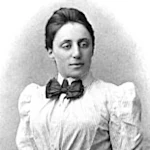 Amalie Emmy Noether (1882-1935), the Mathematician Who Revolutionized Algebra
Amalie Emmy Noether (1882-1935), the Mathematician Who Revolutionized Algebra
 Cecilia Payne (1900-1979), the Scientist Who Revealed the Composition of Stars
Cecilia Payne (1900-1979), the Scientist Who Revealed the Composition of Stars
 Margaret Burbidge (1919-2020): An Exceptional Journey in Astrophysics
Margaret Burbidge (1919-2020): An Exceptional Journey in Astrophysics
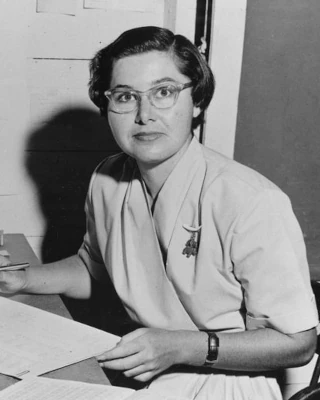 Vera Rubin (1928-2016), Revealer of the Invisible, Pioneer of Dark Matter
Vera Rubin (1928-2016), Revealer of the Invisible, Pioneer of Dark Matter
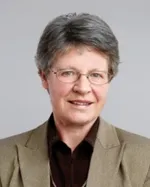 Jocelyn Bell Burnell (1943-), the Scientist Who Discovered Pulsars
Jocelyn Bell Burnell (1943-), the Scientist Who Discovered Pulsars
 Quotes about Science
Quotes about Science
 Babylonian Astronomy and Astrology: History and Contributions
Babylonian Astronomy and Astrology: History and Contributions
 Galilean Cutoff or the Beginning of Modern Physics
Galilean Cutoff or the Beginning of Modern Physics